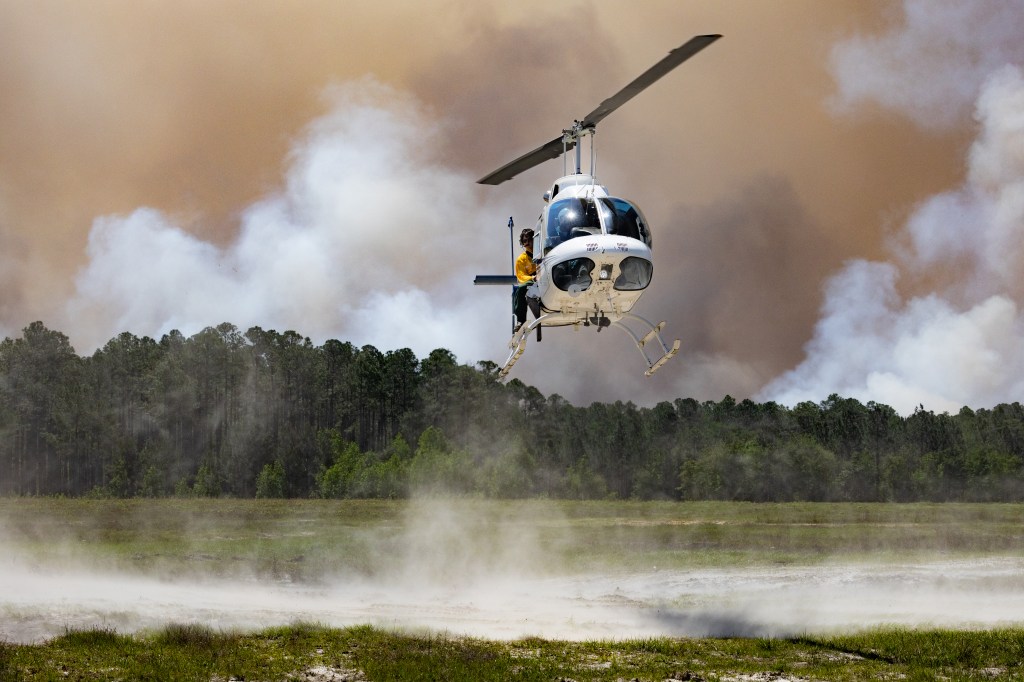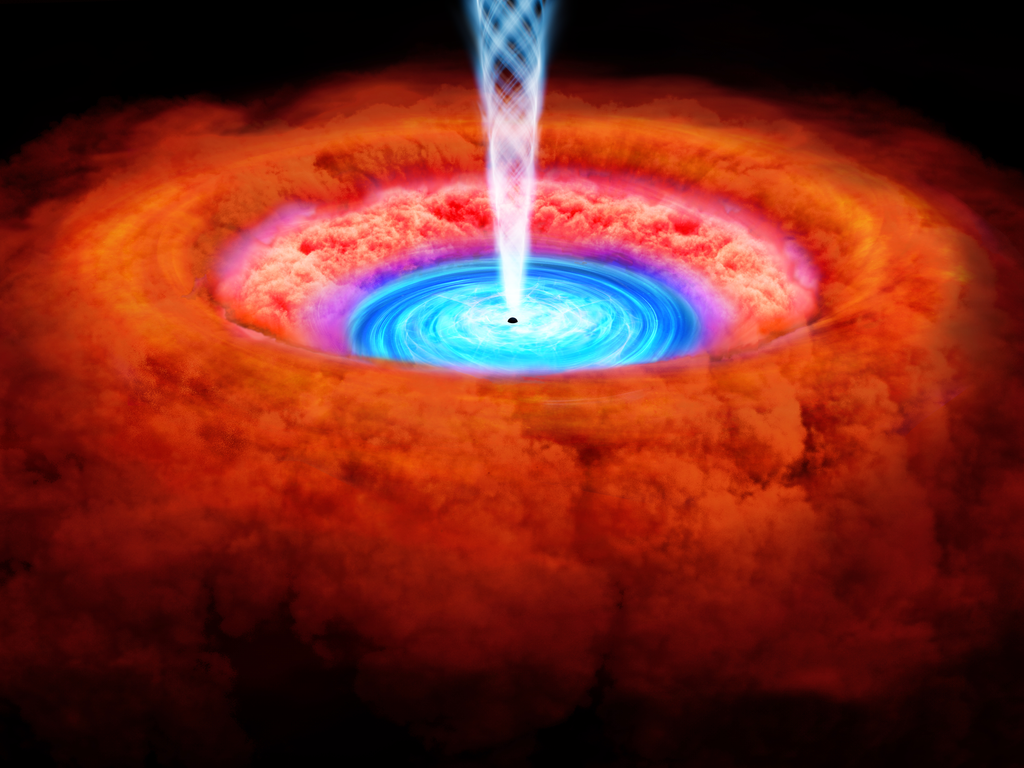1 min read
Saturn

This color image of Saturn was taken with the HST's Wide Field and Planetary Camera (WF/PC) in the wide field mode at 8:25 A.M. EDT, August 26, 1990, when the planet was at a distance of 1.39 billion kilometers (860 million miles) from Earth.
The color in the image is reconstructed by combining three different pictures, taken in blue, green and red light (4390, 5470 and 7180 angstroms).
Image reconstruction techniques have been applied to yield greater spatial detail in the planet's ring system and cloud belts than can be achieved with ground-based telescopes. Image resolution is 670 kilometers (419 miles) per picture element (pixel). Saturn appears much as one would see it if it were only twice as far away as the Moon.
A special mathematical technique, developed in 1974 by Dr. L.B. Lucy (European Southern Observatory), largely corrects the effects of HST's imperfect optics. This is possible because the WF/PC's orignal pictures are of high quality with little extraneous noise.
Because Saturn's north pole is presently tilted toward Earth (24 degrees) the HST image reveals unprecedented detail in atmospheric features at the northern polar hood, a region not extensively imaged by the Voyager space probes.
The classic features of Saturn's vast ring system are also clearly seen from outer to inner edge: the bright A and B rings, divided by the Cassini division, and the extremely faint inner C or crepe ring. The Encke division, a dark gap near the outer edge of the A ring, has never before been photographed from Earth.
- Object NameObject NameA name or catalog number that astronomers use to identify an astronomical object.Saturn
- Release DateNovember 20, 1990
- Science ReleaseSaturn
- Credit
Share
Details
Claire Andreoli
NASA’s Goddard Space Flight Center
Greenbelt, Maryland
claire.andreoli@nasa.gov


























